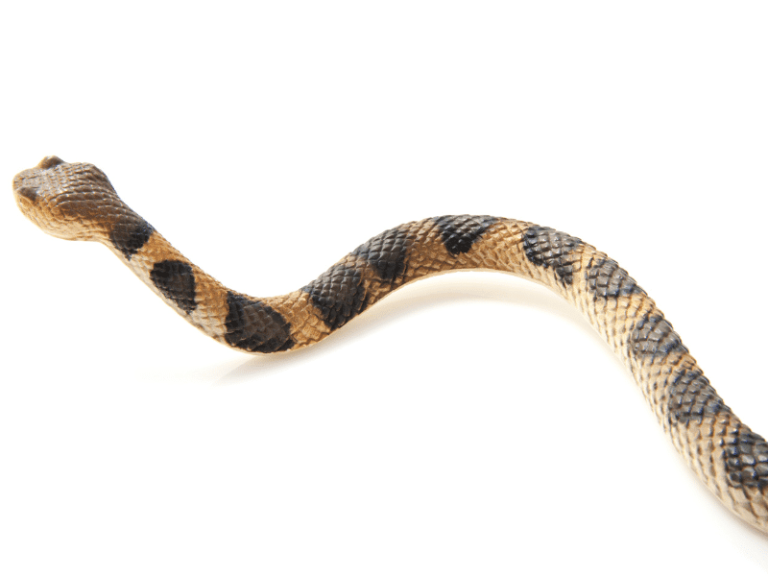The entire body of a snake is covered in scales, which are different in nature from the scales on fish. The scales on a snake’s body are derived from the outermost layer of its skin. These scales are very tough and cannot grow with the body’s development, so the snake sheds its skin every two to three months. The new scales that replace the shed ones are larger and tougher, providing protection for the snake’s body and serving as its primary tool for movement during crawling.
When a snake crawls forward, its slender body naturally forms an “S” shape, much like a train passing through an “S” shaped track, with the rear part of the body following the front part in the same position. The scales on the outer edge of the “S” shape, slightly protruding, help the snake grip onto grass stems and uneven terrain. Each scale acts like a leg and foot, propelling the snake’s body forward rapidly.
The snake’s skin is loose, and when its scales make contact with the ground, its internal body slides forward first, followed by the outer skin. This movement aids in the snake’s crawling and enables it to coil and climb tall trees. If placed on a smooth floor or soft sand, however, the snake cannot crawl, earning it the nickname “grass flyer.”

